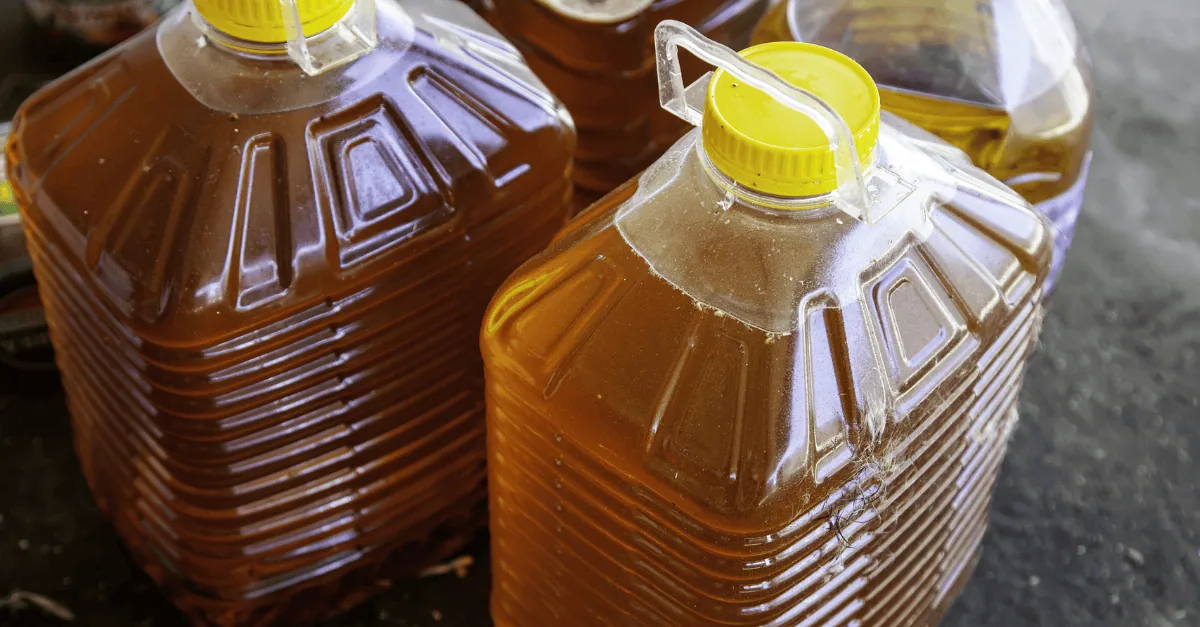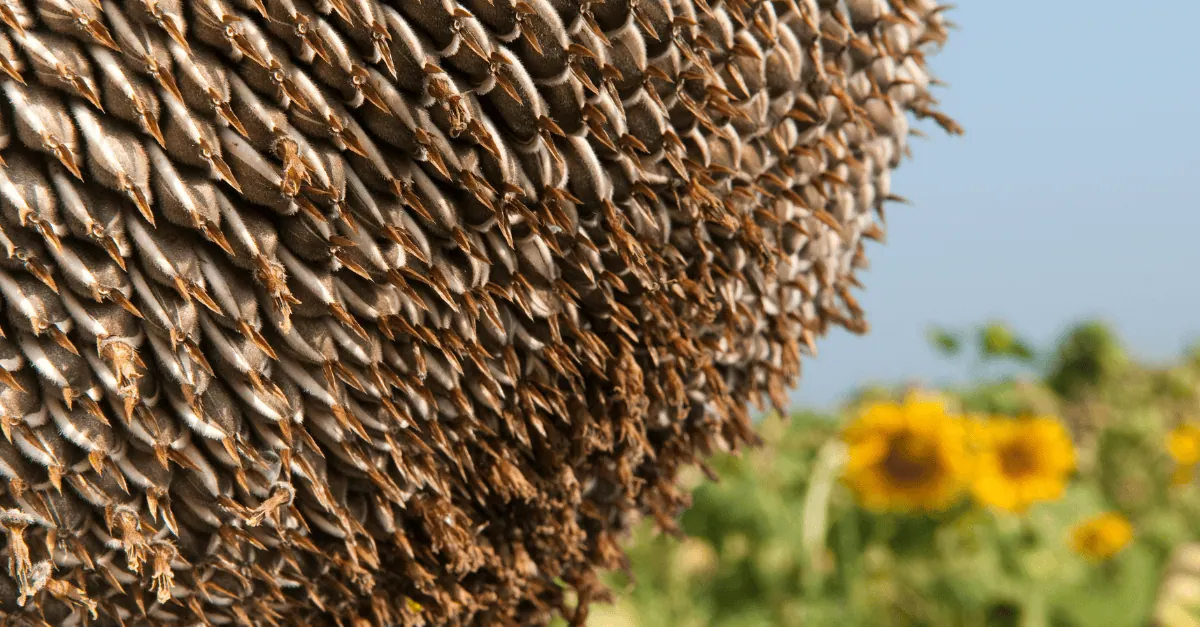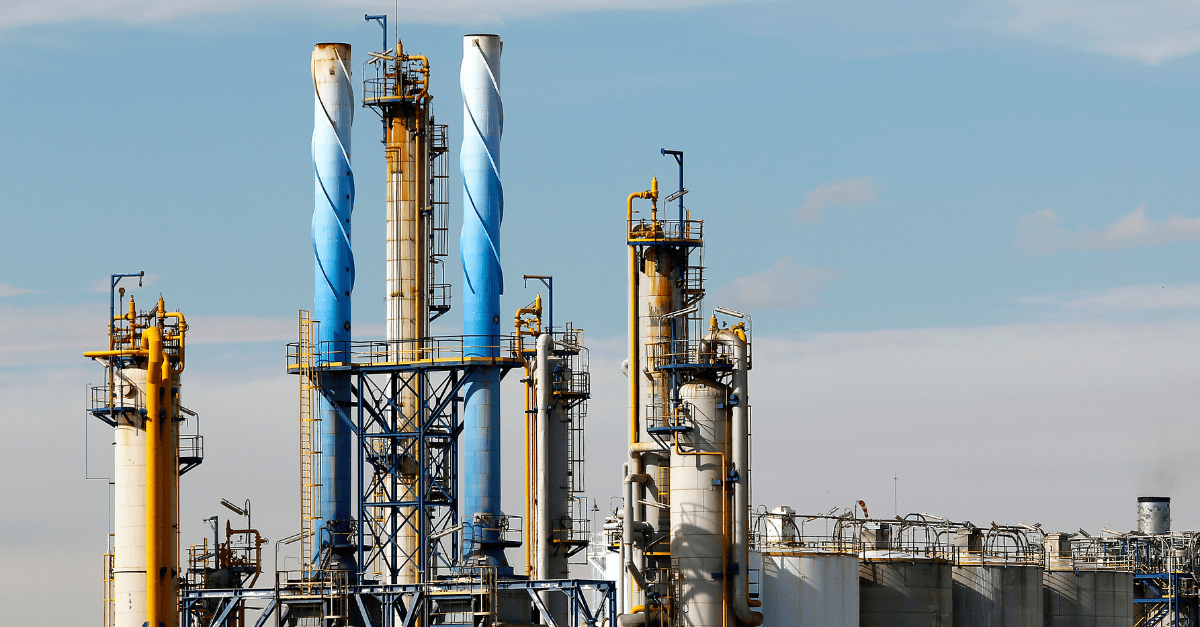Production of certified sustainable palm oil (CSPO) increased by almost 6% last year, according to the Roundtable on Sustainable Palm Oil (RSPO)’s latest Annual Communication of Progress (ACOP) report.
CSPO production and consumption showed favourable growth last year, the RSPO said on 15 September.
Total certified volumes in 2021 increased to 14.7M tonnes, an 5.7% increase compared to the previous year. CSPO sales by mills increased by 13.5% compared to 2020 with an estimated total of 9M tonnes (RSPO physical or Credit volumes), representing 61% of total CSPO production.
CSPO consumption totalled an estimated 8.53M tonnes last year, a significant 12.2% increase from 2020.
Europe and North America continued to record high CSPO uptake, the RSPO said, and the “Big Four” markets of Indonesia, Malaysia, India and China also showed an encouraging increase, albeit from a lower base.
RSPO members with palm oil estate and mill operations reported total CSPO production of 14.7M tonnes, representing 19% of total global production of crude palm oil (CPO). Total certified land area – excluding independent smallholders – farmed by these members reached 4.45M ha, or 55% of the total estimated global planted area.
Collectively, total CPO production by RSPO members represented an estimated 41% of total global output last year, which was the theoretical ceiling for current CSPO production capacity, the association said.
Among the five main growing countries and regions, Latin American growers continued to perform well, with 27% of the region’s total production as CSPO and a further potential 43% in line for certification, the RSPO said. Malaysia, Indonesia and Africa continued to make steady progress, while in Thailand, there had been a notable upward trend in terms of independent smallholder membership and certification.
Meanwhile, CSPO consumption using RSPO Credits or physical supply chains (MB, SG, IP) jumped to 8.53M tonnes last year, an increase of 12.2% compared to 2020. This continued an upward trend in CSPO consumption using RSPO Credits or physical supply chains, up from 52% in 2019 and 57% in 2020, the RSPO said.
Among the key consumption regions and countries, the European and North American markets continued to maintain the high CSPO uptake seen over recent years.
With Europe recovering from the worst of the Covid pandemic last year, the region showed a strong rise in CSPO consumption at 3.49M tonnes, representing an overall uptake of 48.6%. If biofuels and bioenergy were excluded, CSPO uptake in the European food, feed and home/personal care sectors increased to 87.3%.
North America had an uptake of 82.3% CSPO, up from 81% in 2020.
Among other consumption regions and regions, Latin America reached double-digit uptake at 13.9%, while China and India showed reached 8% and almost 3% certified uptake respectively.
Looking ahead towards 2030, RSPO said one of the main challenges for the association and its members was to address was the gap between CSPO production and consumption through RSPO supply chain models or other certification schemes for members holding multiple sustainability certifications, leading to a portion of CSPO production downgraded to conventional palm oil when traded.
Addressing these issues would require a multi-faceted approach, which included existing RSPO initiatives to strengthen stakeholder engagement, expand market communications, increase membership (especially markets outside Europe and North Africa) and increased actions to bolster shared responsibility among all players in the palm oil supply chain, the RSPO said.
A self-reporting mechanism used by individual RSPO member companies, ACOP is intended to be a public statement of members’ progress and commitment to help achieve RSPO’s vision of increasing the uptake of sustainable palm oil.
Mandatory for ordinary and affiliate RSPO members, ACOP submissions are made annually and track progress towards 100% RSPO-certified sustainable palm oil.




